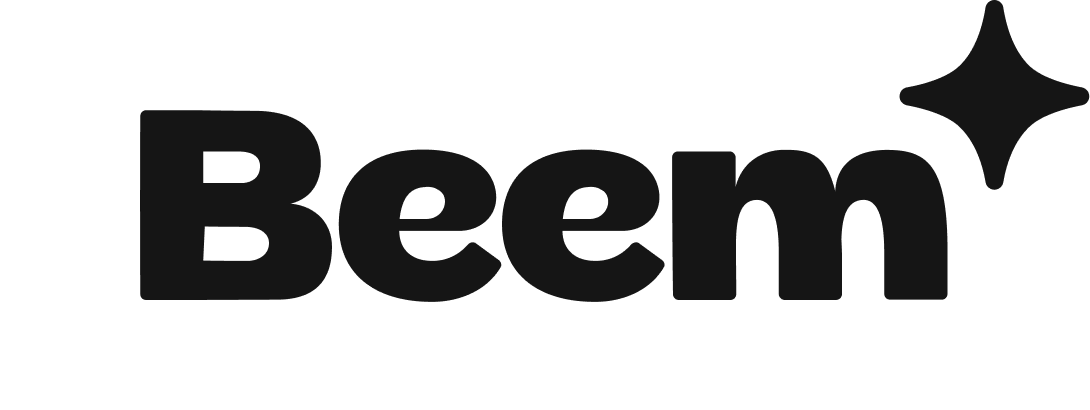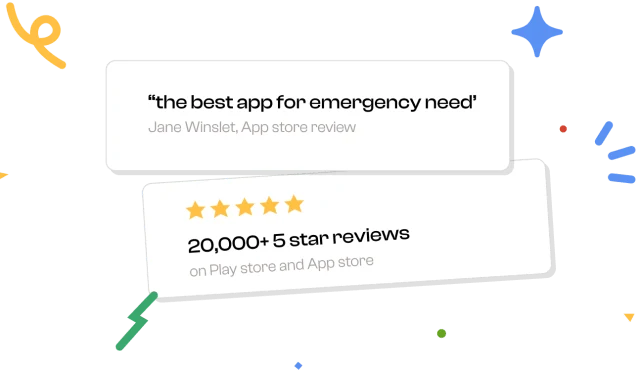When optimizing your financial portfolio, finding the best high yield savings account rates can significantly impact your long-term savings goals. If you struggle to keep up with your long-term financial goals, supercharge your savings with a high yield savings account, where your money works harder for you. Get it now with Beem.
In this guide, we’ll understand the definition of high yield savings account rates and the factors influencing them. Furthermore, the blog provides actionable tips on securing the best rates for your financial needs and highlights some of the best high yield savings accounts available in 2023.
What Are the Best High Yield Savings Account Rates?
High yield savings account rates refer to the interest rates offered by financial institutions on their accounts, which are notably higher than those offered by traditional savings accounts. These accounts provide an excellent opportunity to earn competitive returns on your savings while maintaining easy access to your funds.
To understand the best high yield savings account rates, consider the annual percentage yield (APY). The APY is a crucial metric that includes the nominal interest rate and the compounding frequency, providing a more accurate representation of how your money will grow over time. When searching for the best high yield savings account rates, focus on accounts with the highest APY.
What Are the Factors that Affect HYSA Rates?
Several factors impact high yield savings account rates:
Market Conditions
The overall economic landscape, including the Federal Reserve’s interest rate policies, greatly influences HYSA rates. When the central bank raises rates, it often leads to higher APYs on savings accounts. Monitoring these market trends can help you predict potential changes in HYSA rates.
Banking Institution
Some banks offer different high yield savings account rates. Online banks and financial institutions typically have lower overhead costs than brick-and-mortar banks, allowing them to offer higher APYs. Compare rates from different banks to find the most competitive option.
Account Requirements
Some high yield savings accounts have specific requirements, like minimum deposit amounts or maintaining a certain balance to earn the advertised APY. Be sure to understand and meet these requirements to maximize your returns.
Fees
High fees can eat into your interest earnings. Look for accounts with minimal or no monthly maintenance fees to ensure that you’re truly benefiting from the high yield savings account rates.
Introductory vs. Ongoing Rates
Some banks offer introductory rates to attract new customers, which later revert to lower ongoing rates. While these introductory rates can be enticing, it’s essential to consider the long-term potential of the account.

How to Get the Best High Yield Savings Account Rates?
To secure the best high yield savings account rates for your financial situation, follow these steps:
- Research Multiple Banks: Compare the high yield savings account rates offered by various online and traditional institutions. Use reliable financial comparison websites and read customer reviews to gauge customer experience.
- Check for Account Requirements: Review the requirements, including minimum deposits, balance, and associated fees. Ensure that you can comfortably meet these requirements.
- Consider Online Banks: Banks often provide higher HYSA rates due to lower operating costs. Additionally, their accounts may have more favorable terms, such as no monthly fees.
- Understand Compounding: The compounding frequency affects how your savings grow. Accounts with daily compounding generally offer better returns than those with less frequent compounding.
- Automate Savings: Set up automatic fund transfers from your bank account to your high yield savings account. This enables you to save money and capitalize on the power of compounding consistently.
Best High Yield Savings Accounts in 2023
While specific rates may change over time, some notable high yield savings accounts that consistently offer competitive rates include:
| Bank | APY | Minimum Opening Deposit | Minimum Balance Requirement | Monthly Fee | ATM Card |
| Milli* | 5.25% | Any amount | Any amount | None | Yes |
| Newtek Bank | 5.25% | $0 | Any amount | None | No |
| UFB Direct | 5.25% | None | None | None | Yes |
| Evergreen Bank Group | 5.25% | $100 | Any amount | None | Yes |
| TotalDirectBank | 5.20% | $25,000 | $2,500 to earn stated APY | None | No |
| CFG Bank | 5.17% | $1,000 | $1,000 to earn stated APY | None | No |
| FNBO Direct | 5.15% | $1 | Any amount | None | Yes |
| Vio Bank | 5.15% | $100 | None | None | No |
| Popular Direct | 5.15% | $100 | None | None | No |
| Western State Bank | 5.15% | $5,000 | None | None | No |
| CIT Bank | 5.05% | $100 | $5,000 to earn stated APY | None | No |
| BankPurely | 5.05% | None | $25,000 to earn interest | None | Yes |
| iGObanking | 5.05% | $25,000 | $25,000 to earn interest | None | No |
| TAB Bank | 5.02% | Any amount | One penny | None | No |
| Salem Five Direct | 5.01% | $10 | Any amount | None | No |

Conclusion
Getting the best high yield savings account rates is essential for optimizing your savings strategy. By understanding the factors influencing HYSA rates, researching different banks, and being mindful of account requirements, you can make an informed decision in line with your financial goals. Consider the power of compounding, explore online banks, and automate your savings to make the most of your high yield savings account rates. Always stay informed about market conditions and periodically review your account to ensure you get the best returns possible. Whether you are saving for short-term goals or building an emergency fund, high-yield savings accounts offer a balance between security and competitive earnings. Get it now with Beem.
Frequently Asked Questions
1. Are High-Yield Savings Accounts Safe?
Yes, high-yield savings accounts offered by FDIC-insured banks are safe. The Federal Deposit Insurance Corporation (FDIC) provides insurance for deposits up to $250,000 per account holder per bank.
2. Do High-Yield Savings Accounts Have Withdrawal Restrictions?
While high-yield savings accounts generally offer more liquidity than certificates of deposit (CDs), there may still be some withdrawal restrictions. Most banks allow several monthly withdrawals, but exceeding this limit may result in fees.
3. Can I lose Money in a High-yield Savings Account?
High-yield savings accounts are designed to provide a safe place to store money while earning competitive interest. However, the interest earned may only sometimes keep up with inflation, so the actual value of your savings could decrease over time.






























